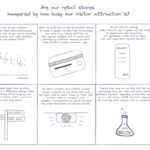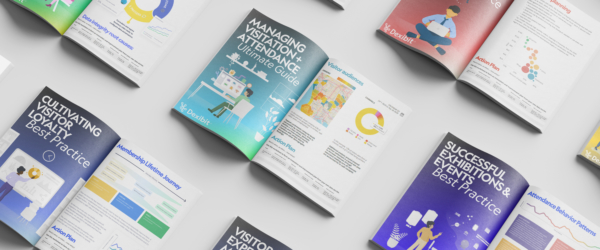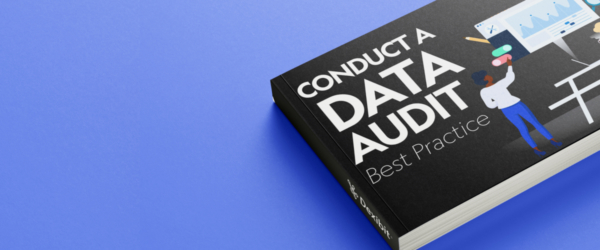Webinar: Designing data stories
- In Blog, Webinars
- data stories, tips and tricks
- 3 min read
Too often we focus too much on creating data stories and not enough on how we present them.
In this webinar, we’ll take you through the journey of data story design and share our top tips and tricks for packaging and presenting data stories to share with your team and leadership.
Our top tips for designing data stories:
1. Orient the reader as much as you can
A great data story begins with the title of the story. Use an easy to read, catchy title, and avoid putting unnecessary details like the date range and the title. Instead try an emoji! They help your dashboards pop, making them easy to find. Use the subtitle real estate to continue contextualizing your data story for readers.
2. Continue readability and explain it through the dashboard design
It can take readers a moment for their an eyes to adjust to a data visualization and for their brain to work out what’s happening in the data. Great graph titles and axis labels make this thinking work really quick and easy for your audience. Make sure to change visualization titles to make them descriptive, especially if the data is heavily filtered. Continue offering descriptors where you can, such as changing the help text on the reverse swivel of your visualizations.
3. Spell out the story
Use a text block in your dashboard – at the front, to book end at the beginning and end of the dashboard or even at the beginning of each row. Write down the data story you want to communicate – in words, then use your data in visualizations to illustrate it. This helps adjust to the different ways readers like to receive information – by text, illustration, graph or as raw data.
4. Contextualize data
Use headline data overviews at the top of your dashboard to capture the contextual data, before diving in. Summary total visualizations for primary metrics are a great way to do this.
5. Have a ‘form party’
Think about how a dashboard’s grid structure looks on the screen – in rows or columns, or even pages (3 across, 2 down) if you’re thinking about a single page on a PDF. Use this grid structure to keep everything in a form, grouping similar data together, or looking at different time periods or data subsets – making it easy for the eye to scroll and visually compare.
6. Think about report design
If you’re going to be converting a dashboard into a report to PDF for email or print, turn on data labels and set your visualizations to full width to make them easy to read without in app tooltips.
7. Pull out one thread as a lightbulb and highlight it
In your title, subtitle or text – clearly state the key finding as fact to takeaway from your data story. If you’re turning it into a slide, capture that in the slide title, then follow with the detail.
Get insights delivered right to your inbox
Want to learn more about Dexibit?
Talk to one of our expert team about your vision to discover your data strategy and see Dexibit in action.






